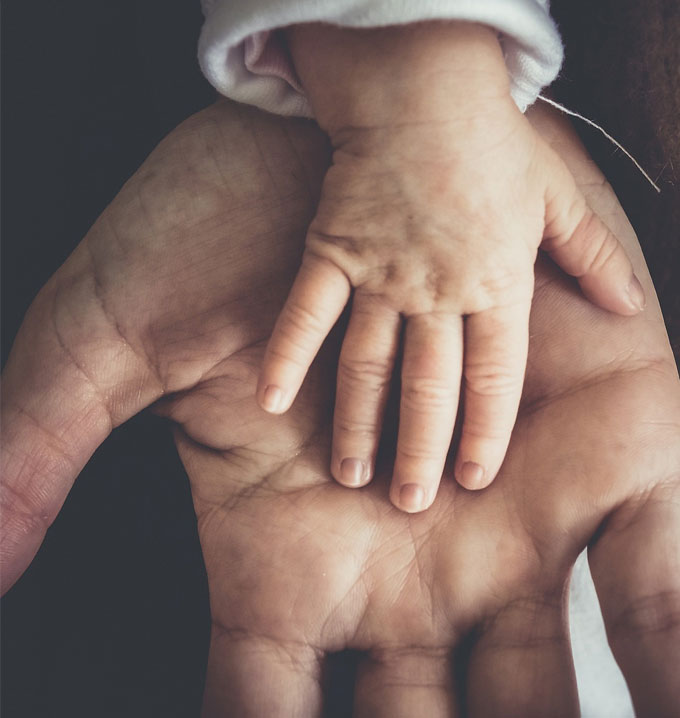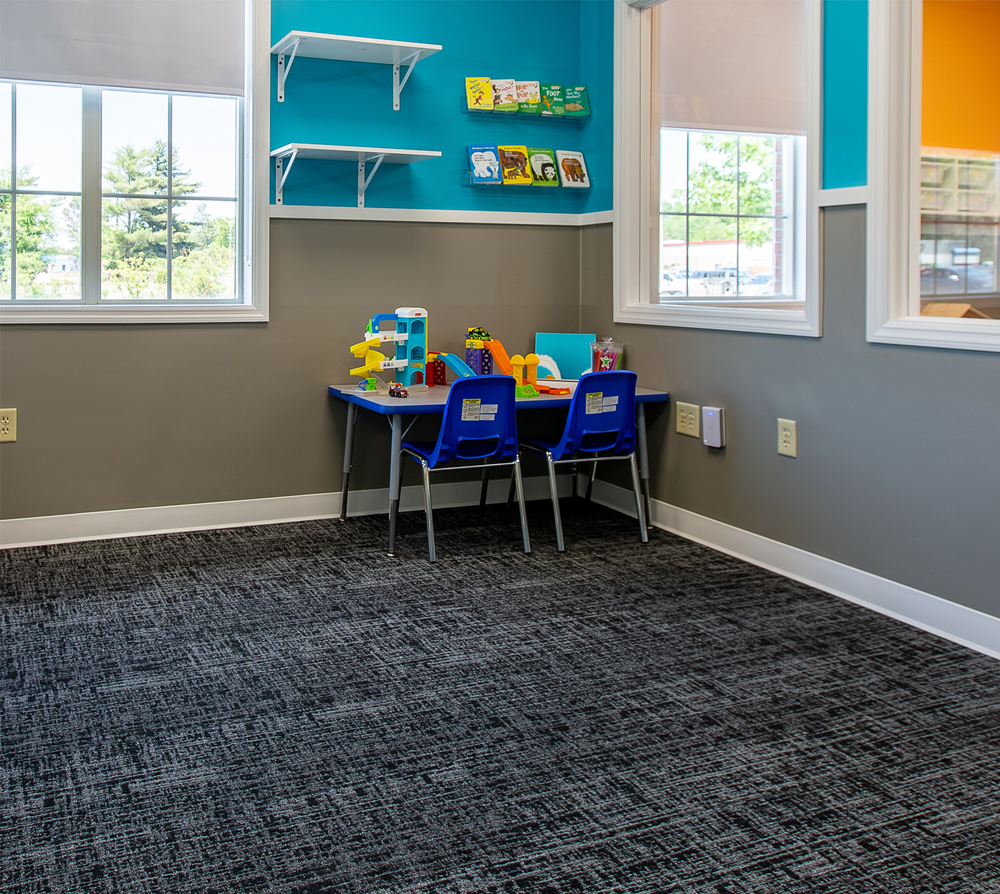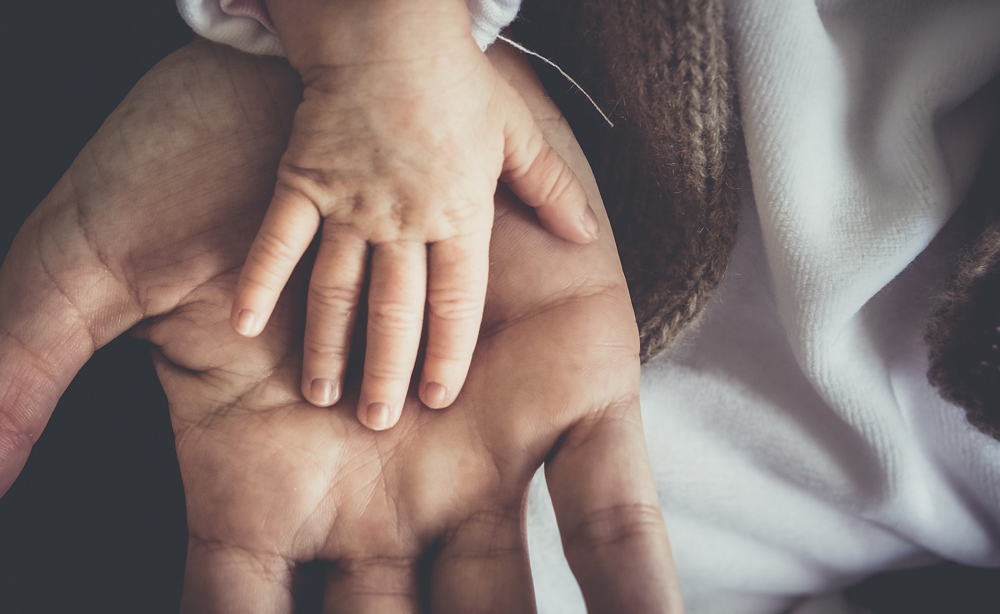Most people might not know that my parents, Denny and Ronnie Maggioli, have had a huge impact on the success of Lighthouse Autism Center, going all the way back to the very beginning, when our first center opened in 2012. When we opened our first center, my family and I lived in Carmel, Indiana and I commuted back and forth for nearly two years. During the week, I lived with my parents and traveled home to Carmel on the weekends. Not only did my parents welcome their grown son back into their home, but they have played a huge role in the design of each center. With an eye for interior design, my mom has picked paint colors to be used inside the centers, creating a bright and warm, and most importantly, non-clinical feel for the children who attend the centers. My Dad has worked as a dedicated handyman, carpenter, painter and fixer of all things for each of our centers since 2012. Simply said, Lighthouse Autism Center would not be what it is today without the time and love put into each center by my parents. As they officially announce their retirement, we could not be more thankful for their impact not only on the centers, but on each of the kiddos who have attended Lighthouse. Thank you for your tremendous work and dedication to Lighthouse Autism Center – we could not have done it without you!
Month: October 2019
How to Best Advocate for Your Child with Autism
We understand firsthand the struggles that parents and caregivers face when trying to advocate for a child with autism. Believe it or not, children with autism have unlimited possibilities. The degree of success a child with autism will have depends greatly upon early intervention and appropriate educational support.

Parents and providers should never view any challenge that they are presented with as hopeless. Everyone has hurdles to overcome in both collaboration and communication with the people you trust to treat your child, but it worth the effort.
Here, we want to focus on giving you the tools to effectively advocate for your child, specifically when it comes to their education.
Tips for Advocating for Your Autistic Child
- Remember, you are your child’s best advocate! Regardless of the school district, schools are limited as to what they can do for your child because of funding and staffing limitations.
- Make sure that your child has an IEP. The Individualized Educational Plan (IEP) is a very powerful document, more powerful than most parents realize. IEPs that are well written can drive your child’s educational program as well as provide the documentation that is needed if a situation happens where your child is not making progress.
- Be informed and prepared. Learn as much as you can about autism, treatment, and the rights of your child. Many school districts do have funds for parent education. Inquire about parent training and educational opportunities.
- Communicate clearly. Make sure you understand what is being communicated to you by the schools. Try to communicate from a non-emotional place during IEP and other parent meetings and clearly state your child’s needs.
- IEP meetings can often become heated. Try to remain calm, clearly state your child’s needs, and focus on the present and future rather than the past. Remember, collaboration is key to your child’s success. All parties must remain calm, focused, and remember that the child’s needs are what’s most important.
- Ask questions. If unfamiliar terms are being used, do not be afraid to ask questions. You need to understand policies and procedures as well as plans and interventions. The more you know, the less frustration there will be.
- Be proactive. Take the time to create a list of objectives and items hat you want to cover in the IEP meeting. This will help the meeting stay on track and ensure you do not forget anything you wanted to discuss.
- Know what your rights are. Know what alternative options you may have available to you. Remain confident and stay strong, so that you can passionately and persuasively represent your child.
For additional assistance and resources, contact Lighthouse Autism Center.




